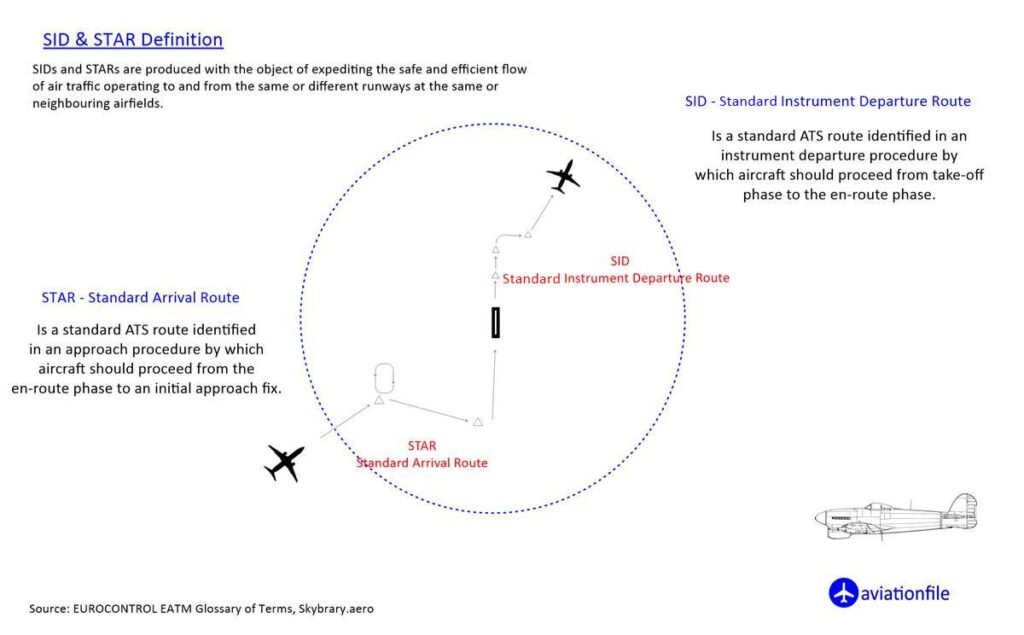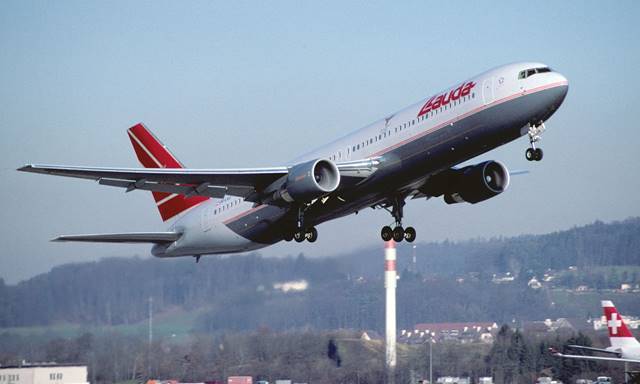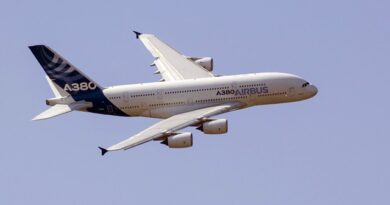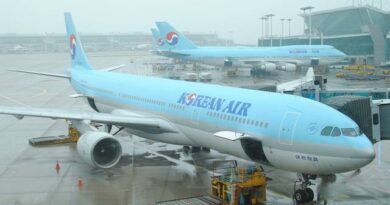What Is SID – Standard Instrument Departure ?
Hello, when considered as a whole, air traffic management consists of many rules and practices with extremely complex and technical details. Well, have you ever thought? What maneuvers do aircraft do after they take off from airports? What altitudes do they climb and what paths do they follow? Let’s take a closer look at the concept of SID (Standard Instrument Departure).
SID – It is a term that emerged as an abbreviation of Standard Instrument Departure. The Standard Instrument departure (SID) is defined for the section between the take-off stage and the en-route stage. The SID is a standard ATS route defined in an instrument departure procedure that aircraft must follow in this section.
The naming of SIDs may vary between regions. In most of Europe, SID procedures are usually named after the final Fix of the procedure, which often lies on an airway, followed optionally by a version number and often a single letter. Foe example ATSOL1E – BERGO1G…
The generally targeted results with Standard Instrument Departures are as follows.
– SIDs are produced to accelerate the safe and efficient flow of air traffic departing from the same or different runways at the same or nearby airports.
* SIDs aim to resolve potentially conflicting traffic using specific maneuvers, directions, levels, speed restrictions and checkpoints.
– SIDs are designed to maintain separation between terrains and aircraft.
* If necessary, SIDs are designed with the purpose of noise abatement in mind.

Resource: Eurocontrol, Skybrary



